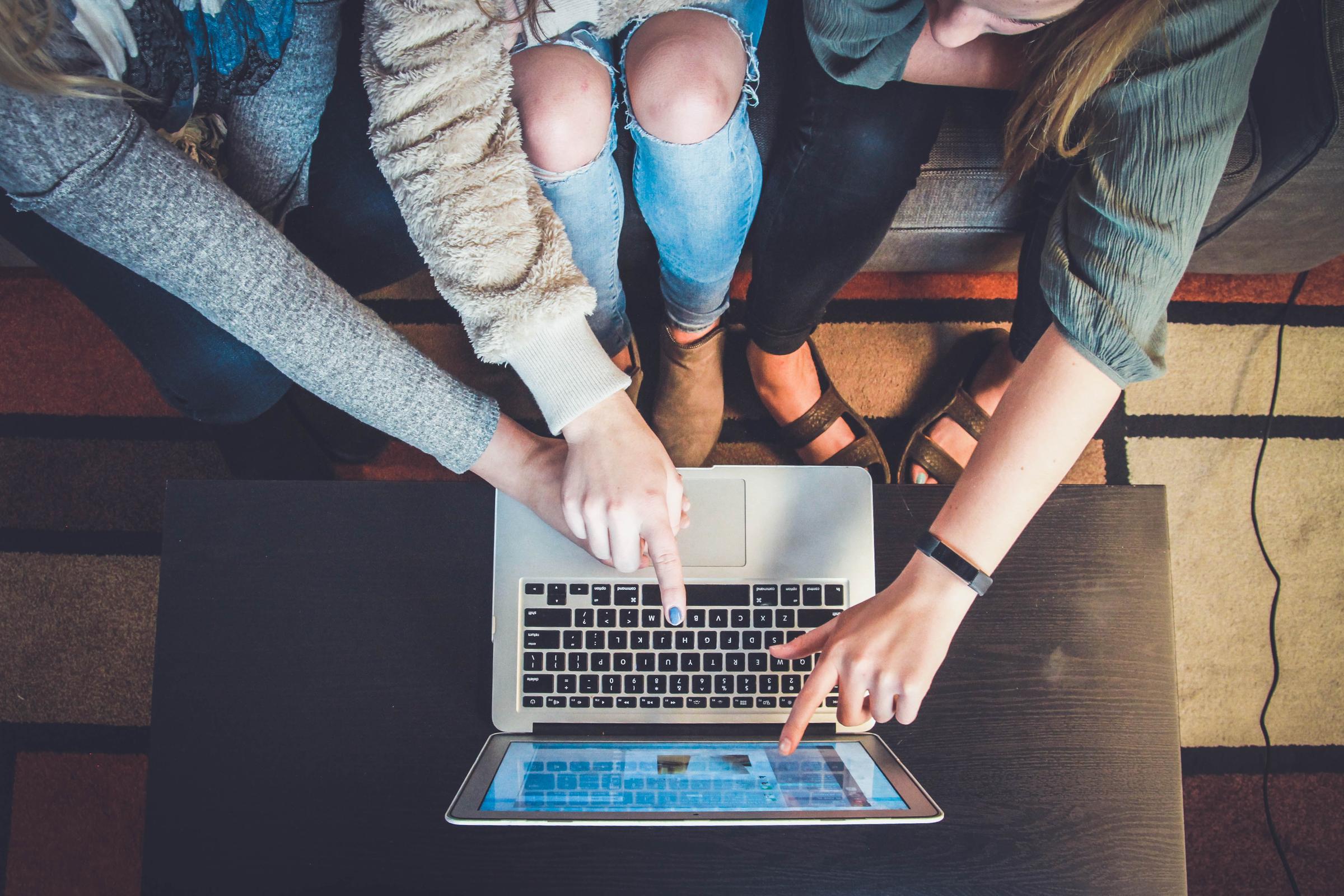Deputy Principal Teaching and Learning Report

How We Learn: Neuroplasticity and Practice
We have been learning about the physical basis of learning in Year 12 Psychology recently, and I thought you might be interested too.
Neural plasticity is the ability for structures in the brain to change in response to learning or stages of life. This means that the connections between the cells in our brain, the neurons, change and develop as a result of our experiences. When we repeatedly practice an activity or access a memory, neural networks -- groups of neurons that fire together, creating electrochemical pathways -- shape themselves according to that activity or memory. When we stop practicing new things, the brain will eventually eliminate, or 'prune' the connecting cells that formed the pathways. Like in a system of freeways connecting various cities, the more cars going to certain destination, the wider the road that carries them needs to be. The fewer cars traveling that way, however, the fewer lanes are needed. These two processes are called long-term potentiation and long-term depression, and without them we could not learn anything new or we would have hopelessly entangled neural networks that did not function properly.
Hebbs Rule is that 'cells that fire together, wire together', meaning that if you perform a task or recall some information that causes different neurons to fire in concert, it strengthens the connections between those cells. Over time, these connections become thick, hardy road maps that link various parts of the brain -- and stimulating one neuron in the sequence is more likely to trigger the next one to fire. Practice makes permanent. The more times the network is stimulated, the stronger and more efficient it becomes.
When we have an understanding of neural plasticity, the necessity of homework and revision becomes obvious. It also explains why students often can’t remember what they learned in class the day before, but they can remember the gossip from the locker room. If you don’t rehearse or go over what you have learned, you won’t activate the neural pathway and therefore you won’t remember what you have learned as you have not physically changed your neural networks in your brain!
Picture of a Neural Network
Ms Claire Nailon
Deputy Principal Teaching and Learning
References:
https://www.edutopia.org/neuroscience-brain-based-learning-neuroplasticity
Lam, A., Goold, B., Marshall, D.,Ellul, J. & Young, L. (2019). VCE Psychology Units 3 and 4. Edrolo: Fitzroy.


